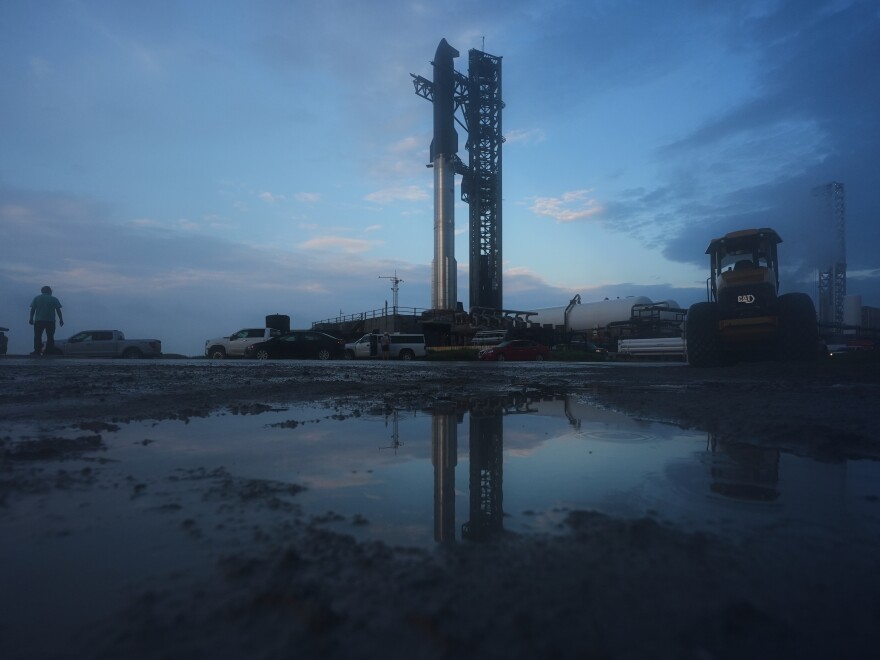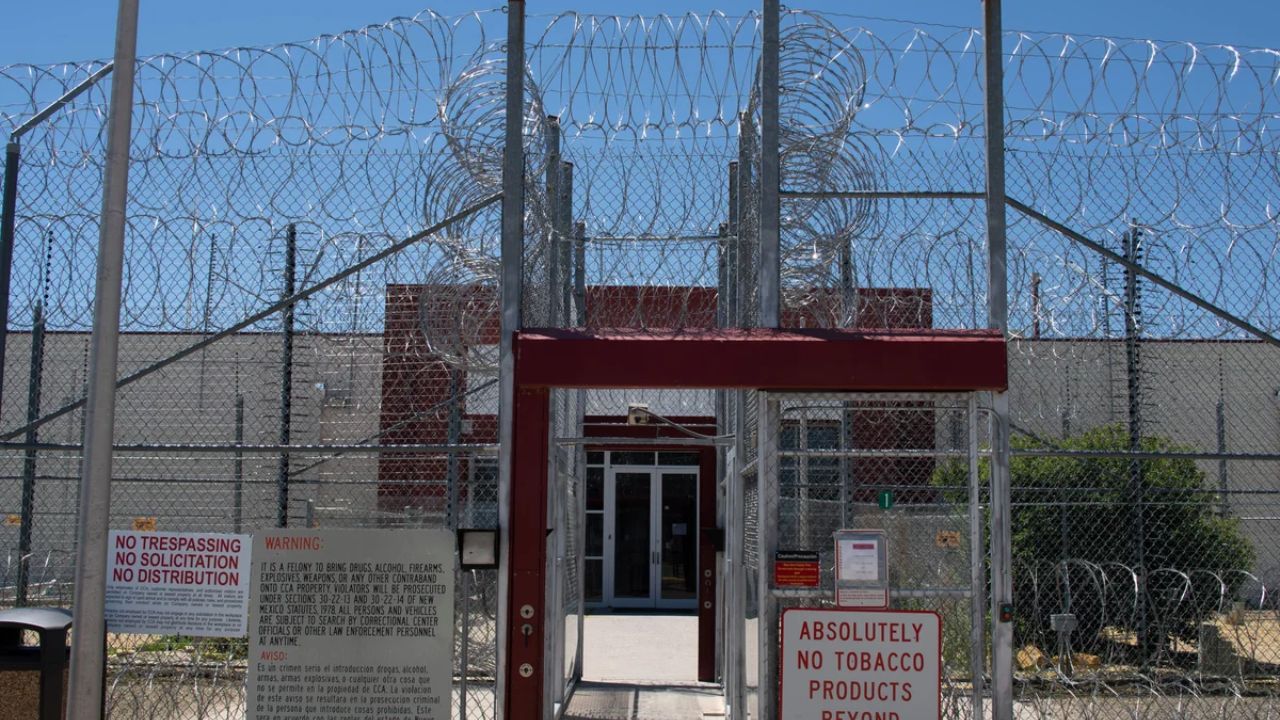Updated @ 7:47 PM EDT on August 24, 2025
It will take some more time for space aficionados to witness SpaceX try the tenth launch of its enormous Starship rocket, the biggest rocket ever constructed.
The corporation had planned to launch Starship from a SpaceX site close to Boca Chica Beach in Texas during a one-hour window on Sunday night. However, shortly after employees began filling the rocket with propellant, the business declared on social media that the project was being put on hold.
“Standing down from today’s tenth flight of Starship to allow time to troubleshoot an issue with ground systems,” SpaceX stated on X.
If the business can get beyond this issue, it may have another chance to attempt on Monday or Tuesday.
Once in the air, this test flight will allow SpaceX to test the enormous booster of the two-stage rocket by putting it through a series of burns and having it hover above the Gulf of Mexico before descending into the water to conclude the journey. The upper stage, or portion, of the rocket will attempt to deploy simulated satellites during its suborbital flight.
Given that the multibillion-dollar Starship program has seen a string of setbacks this year, this flight test has been eagerly awaited. The rocket lost control during the final launch in May. A rocket exploded on the launch pad in June during a preflight engine test, causing a spectacular fireball to rise.
Elon Musk, the founder of SpaceX, has openly expressed optimism despite the costly rocket losses, writing on social media that “Success is uncertain, but entertainment is guaranteed!”
Nevertheless, both NASA and SpaceX have a stake in getting Starship operational. For the first time since 1972, NASA is banking on Starship to land humans on the moon. The agency had hoped to deploy Starship for that as early as 2027.
Musk aimed to make humanity a multi-planet species when he established SpaceX. In order to colonize the red planet, he wants Starship to be able to transport humans there. He also intends to put Starlink satellites closer to home using Starship.
When creating a new rocket, he and SpaceX are accustomed to enduring a string of unsuccessful test flights. After three unsuccessful launch attempts, SpaceX’s first rocket, the Falcon 1, eventually reached orbit in 2008.
Additionally, SpaceX keeps up its daily efforts to support NASA’s missions to the International Space Station despite Starship’s difficulties. A robotic SpaceX capsule that included food and other supplies for the station’s crew members safely lifted out on one of the company’s reliable Falcon 9 rockets earlier on Sunday.
Copyright 2025 NPR






